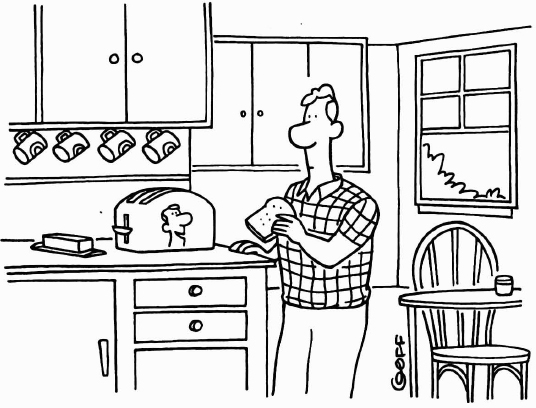Chapter 2
Human Factors in Speech Technology

“No, I'm not your reflection. I'm the toaster tutorial window.”
“Making the simple complicated is commonplace; making the complicated simple, awesomely simple, that's creativity.”
Charlie Mingus
Mark Sanders and Ernest McCormick (1993) say that human factors refers to “designing for human use.” In a broad sense human factors refers to taking the human being (the user) into account during any kind of design, for example, buildings, furniture, tools, computers, machinery. There are two aspects—engineering and human. The first includes the actual design or engineering of the thing, for example, a lawn mower or a chair. What size should it be? How should it work? What features and functionality should it have? That is the design of the “system” itself. On the other side is the human. How well does the item suit the humans who have to use it? Making sure that design takes into account the human aspects is the goal of human factors work.
Get Designing Effective Speech Interfaces now with the O’Reilly learning platform.
O’Reilly members experience books, live events, courses curated by job role, and more from O’Reilly and nearly 200 top publishers.

